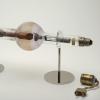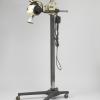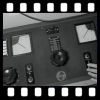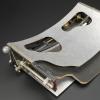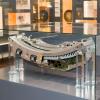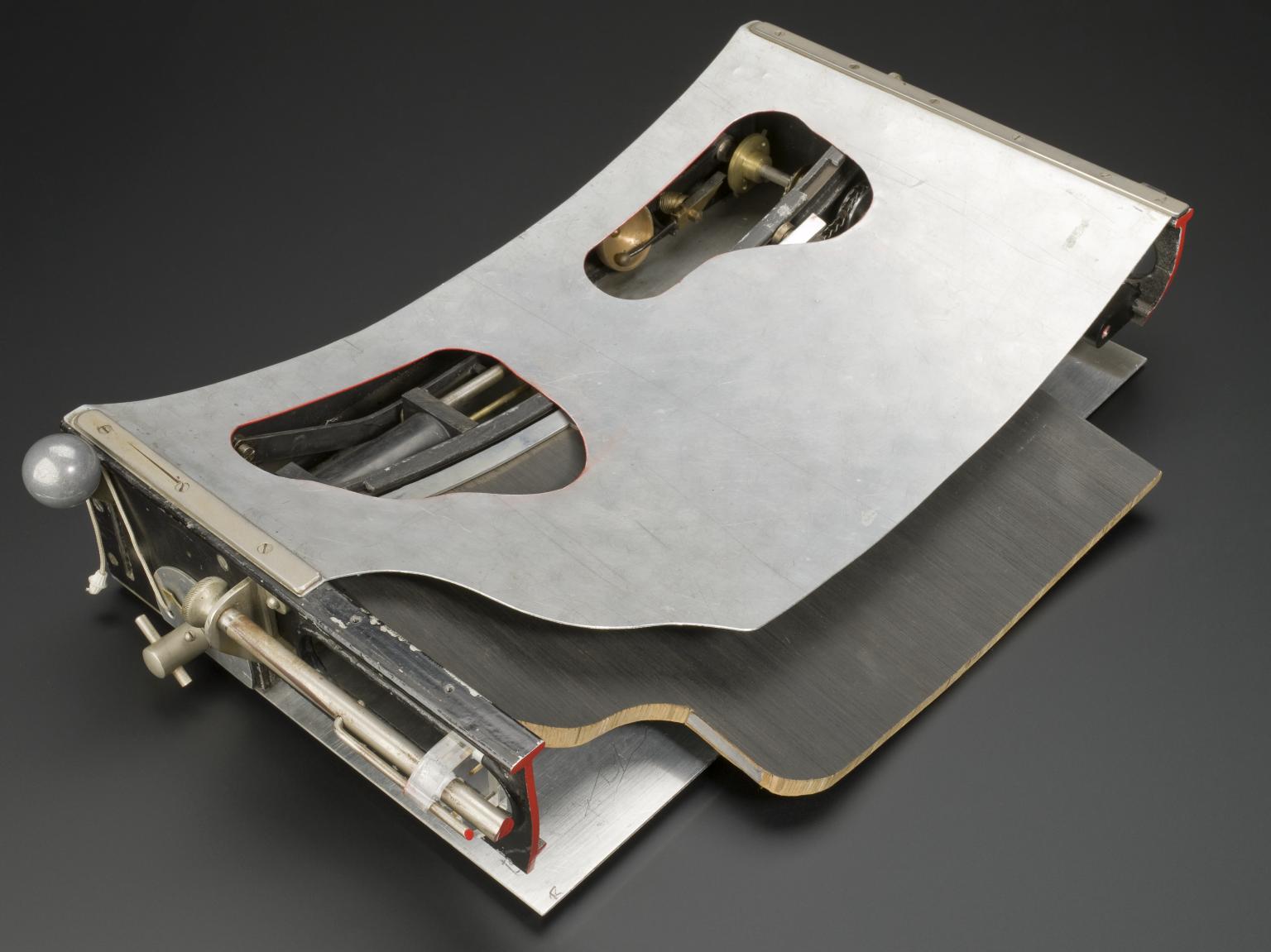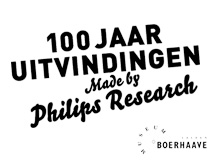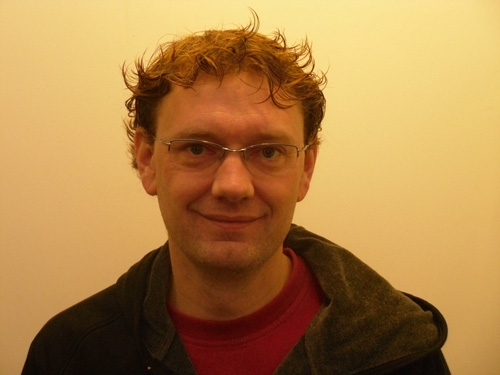Bucky vs. Potter
The war in Europe increasingly enabled the United States to take the initiative in the area of X-ray innovations. The versatile German inventor Gustav Bucky discovered this to his detriment.
In 1913, Bucky had devised a method to clarify and increase the contrast of X-ray images. He added two leaden grids to the X-ray set-up (the Bucky diaphragm or Bucky grid), one between the tube and the patient, and the other between the patient and the photographic plate. The grids only allowed the 'primary' radiation, emitted by the tube, to pass through, preventing the ‘secondary’ radiation from contaminating the X-ray image. ‘Secondary’ radiation was a residue caused when ‘primary’ radiation collided with body tissue.
With his grid, Bucky continued the pioneering work of other German researchers like Heinrich Albers-Schönberg. Somewhat surprisingly, by the early 1920s the Bucky grid had not found its way onto the X-ray market.
In the United States, however, Hollis E. Potter had eagerly started working with Bucky’s ideas during the war and improved them. By moving the grids during the shooting, Potter discovered, the grids became invisible on the X-ray image.
The United States enthusiastically welcomed the Potter–Bucky diaphragm, with Potter receiving most of the credit. Bucky, who had even moved to the United States in 1923, had essentially already thought of that same innovation, although the war had prevented him from perfecting the moving diaphragm.
 Previous Story
Next Story
Previous Story
Next Story
How to cite this page
Ad Maas, 'Bucky vs. Potter ', Inventing Europe, http://www.inventingeurope.eu/philips/bucky-vs-potter
Sources
- D. H. Kevles, Naked to the bone: Medical imaging in the twentieth century (New Brunswick 1997) 65-66.





